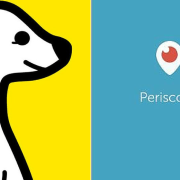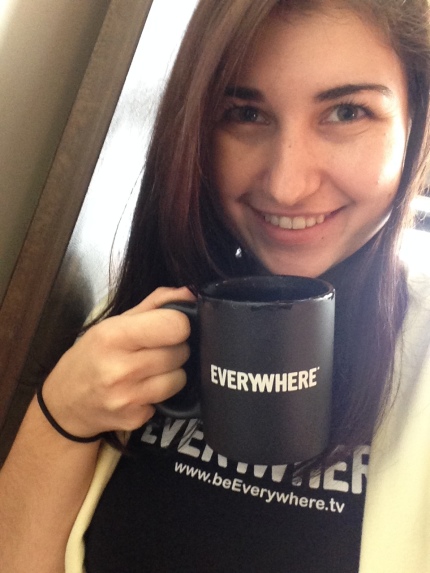Meerkat and Periscope: What’s the Hype?
Anyone who hasn’t been living under a rock this past month has heard about Meerkat and Periscope, a competitor created by Twitter. As the “breakout app” of SXSW being used by Mashable’s Pete Cashmore on a selfie stick walking around Austin and Julia Louis Dreyfus during her VEEP panel, Meerkat was hard to ignore. Now Periscope pretty much does the same thing and has stolen all of Meerkat’s thunder. So what do these apps do actually?
Remember when Charlie Sheen went all crazy with #winning and strippers and held a Ustream of him ranting? I remember – I am ashamed to say that I watched. If Meerkat or Periscope were around back then, Charlie likely would have used that instead. It is the mobile version of Ustream, allowing its users to live stream on the go. So why then is it so ridiculously popular if there was already a similar service? Well, first off they’re integrated with Twitter (Periscope is obviously more so integrated). In a nutshell, when you start streaming, a Tweet goes out. With Periscope, you have the added ability to be able to see reactions to your stream from Twitter embedded in the app. Also, if you think about it, no one has really improved upon the ability to live stream until now. Improvement, you ask? Meerkat allows you to record and schedule your stream for a later time, while Periscope allows users to save videos to replay them later.
So what’s all the hype about? Well, if you’re an everyday person who isn’t a celebrity, politician, or reporter, you aren’t likely to have a big viewership with Meerkat or Periscope. No one really cares what you have to say in real time. If you do happen to fall into one of those popular people categories, it’s the compelling content that is going to keep followers coming back (or maybe not? Here’s a live stream of a fridge at the Washington Post that’s quite popular. Maybe it’s just the big brand that keeps people watching… or the novelty?).
A big challenge for both Meerkat and Periscope as I see it (if either or both stay alive), is that in order to succeed, they really have to encourage the top-level influencers to keep the everyday user tuned in. Periscope may be the present day cool-kid app (Sorry Meerkat), but it’s more time consuming than a simple tweet or Instagram. So if the influencers get bored and don’t use it, the everyday user is going to peace out.
While the live video concept of Meerkat and Periscope is compelling and dramatic, the apps can only continue if both the influencer continues to stream interesting content and the user is available to consume it.
My final thought that I just can’t get around when it comes to streaming-type apps like this is this – who has time to watch live programming anymore? Didn’t God invent the DVR to get around what these apps offer? Even if it’s programmed content (from Meerkat) or a stream that you can save to watch later (from Periscope), I’m still not compelled to tune in at a certain time to be able to view or save the content.



